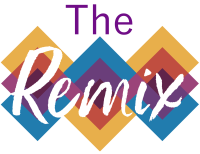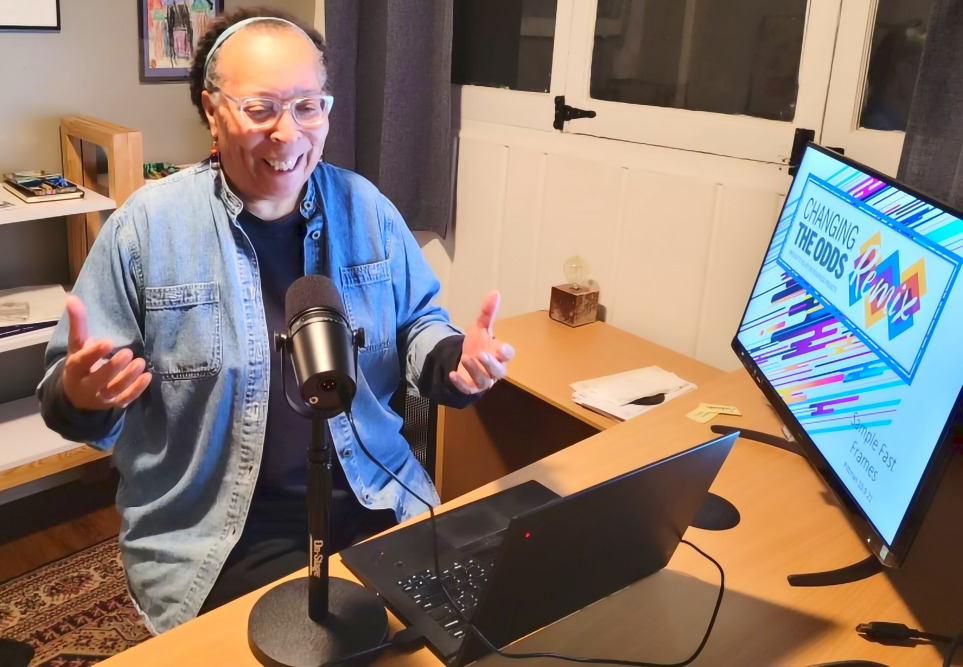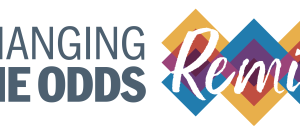In his December 3 Q&A with Brian Rinker, Michael Funk discusses California’s historic investment in afterschool and summer programs. Amidst the excitement of what this means for young people, I was drawn to Michael’s powerful closing statement. It’s the first time I’ve seen or heard anyone talk about infusing community educators into the teacher preparation pipeline intentionally as a way to refocus the entire education system.  This is an idea worth elevating:
This is an idea worth elevating:
“Community educators would be brought into the teacher preparation pipeline and start to create something new in the entire education system. Students, now caught in a system of oppression, are now seen, known, supported, and prepared for their future.”
I think every phrase was selected for maximum impact. To help understand why the statement struck me so deeply, I decided to break it down:
Community educators
You may note, Michael’s quote never says the phrase “youth work.” The U.S. has never fully taken to the term youth work, in part because the term singles out a portion of the target population which is children and youth. “OST staff” or “afterschool workers” have become more frequently used. This specific relational reference to school, however, is narrowing and creates greater dichotomy, not just between school and OST as different learning modalities, but also the time and space in which the practitioners can add value.
This is a big part of why I found Michael’s statement so powerful. Community education is the promotion of learning and social development in community contexts. It uses both formal and informal methods that are developed in partnership with community participants. The core purpose is to develop the capacity of those in the community (individual and group) to fully engage in democratic processes. The role of community educator is as diverse as the community itself with different titles and employers. What is consistent is a focus on the skills and approaches needed to fully and voluntarily engage diverse populations, especially those who have been historically marginalized.
Next month, the American Institutes for Research will launch the Youth Fields Workforce Study which will seek, for the first time, to fully capture the diversity of professionals serving as community educators.
The teacher preparation pipeline
The idea of linking out-of-school time (OST) workers to teacher preparation pipelines is not new, but again, the language and intention of this statement underlines an important shift. In the current state of these narratives, conversations around these workers too often are framed assuming that the only way to professionalize youth work (e.g., address pay and credential pathways) is to declare it a pathway to teaching and link it to teacher diversity and staff shortages.
There are ongoing conversations around how afterschool can and should be a teacher prep pathway for underpaid, under-credentialed OST workers who often look like and live near the young people they serve. Creating these pathways is being promoted as a strategy for addressing teacher diversity issues. There have been calls for addressing growing OST staff shortages that in addition to suggesting raising pay and professionalizing the field also push for a link to teacher prep.
I understand each of these arguments. Each time I hear them, however, I bristle. Why assume that the only path to helping youth workers is to make them more like teachers? In the U.K. and other Commonwealth countries, youth work, teaching, and social work are instead seen as distinct, complementary, and equally respected professions.
I may be overreading here, but the phrase “brought in” feels more respectful and deliberate than “recruit and prepare.” Following the term “community educators,” it suggests that the purpose of bringing these workers into the pipeline is not just to increase or diversify the pool, but to introduce complementary approaches and experiences.
Something new in the entire education system
The end of the sentence confirms the intentionality of Michael’s word choices. He’s not just proposing that we address teacher shortages; he’s suggesting that we intentionally introduce community educators into the teaching workforce to humanize teaching.
In a recent podcast interview, Atynai Howard, Chief Program Officer for New Teacher Center, shared her perspective on the organization’s intentional focus in this area:
“Philosophically the way I view teaching is as a human exchange. And so, in order for that to be true, we have to center humanity as much as we center the technical elements of the craft,” Howard said. “…Over the last 20 to 30 years, we’ve really gone quite far into privileging, centering, valuing the technical elements of the craft such that we’re not saying, ‘Curriculum for who?’ … ‘What understanding about development or what students might experience outside of school do we need to be thinking about as we’re trying to create the learning experiences to deliver that high quality content?’”
Students, now caught in a system of oppression, are now seen, known, supported, and prepared for their future.
Michael is banking on how the catalytic effect of introducing community educators, not just into school buildings, but into classrooms, could accelerate the systemic changes needed to address oppressive inequities.
In Michael’s words, I hear a call to fundamentally change our practices and systems of learning and development in a way that allows all educators, whether in schools or community-based settings, to embrace the best of academic pedagogy and positive youth development.
Others agree.
Jim Balfanz and colleagues at City Year now refer to corps members as “student success coaches” to “better communicate the holistic nature of their training and service (offering students integrated academic and social-emotional support throughout the school day) and how they connect with and build positive relationships with students.”
Amanda von Moos and Jill Vialet at Substantial Classrooms — noting the fact that the average student spends a year of their 12 years of schooling with substitute teachers — ask why we don’t use these days to give students opportunities to explore complementary topics and learning approaches that tap into the strengths of substitutes and are exploring how substitute teaching fits within the broader context of community educators.
These are just a few of the exciting mashups exploring ways to create a more integrated workforce. An integrated approach will allow us to respond to short-term labor shortages and the long-standing, artificial divisions of roles within education. I challenge those working in these fields to offer examples of how we might bring community educators into the teacher preparation pipeline to create something new.
Share your thoughts and ideas by emailing me at talkwithus@kpcatalysts.com.
———
Read all The Remix with Karen Pittman’s columns on Youth Today.
Karen Pittman is a partner at KP Catalysts and the founder and former CEO of the Forum for Youth Investment. Read more here.
































